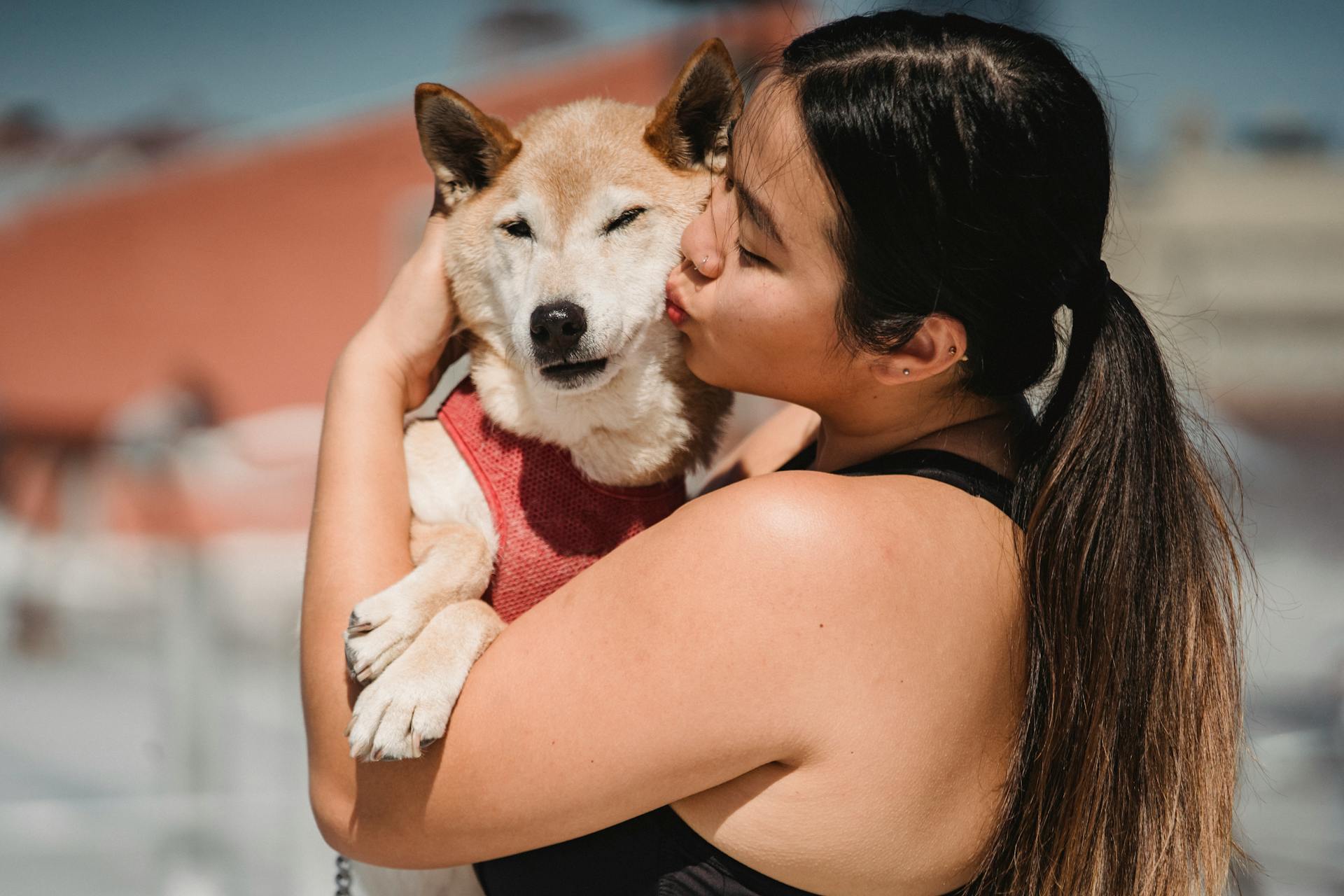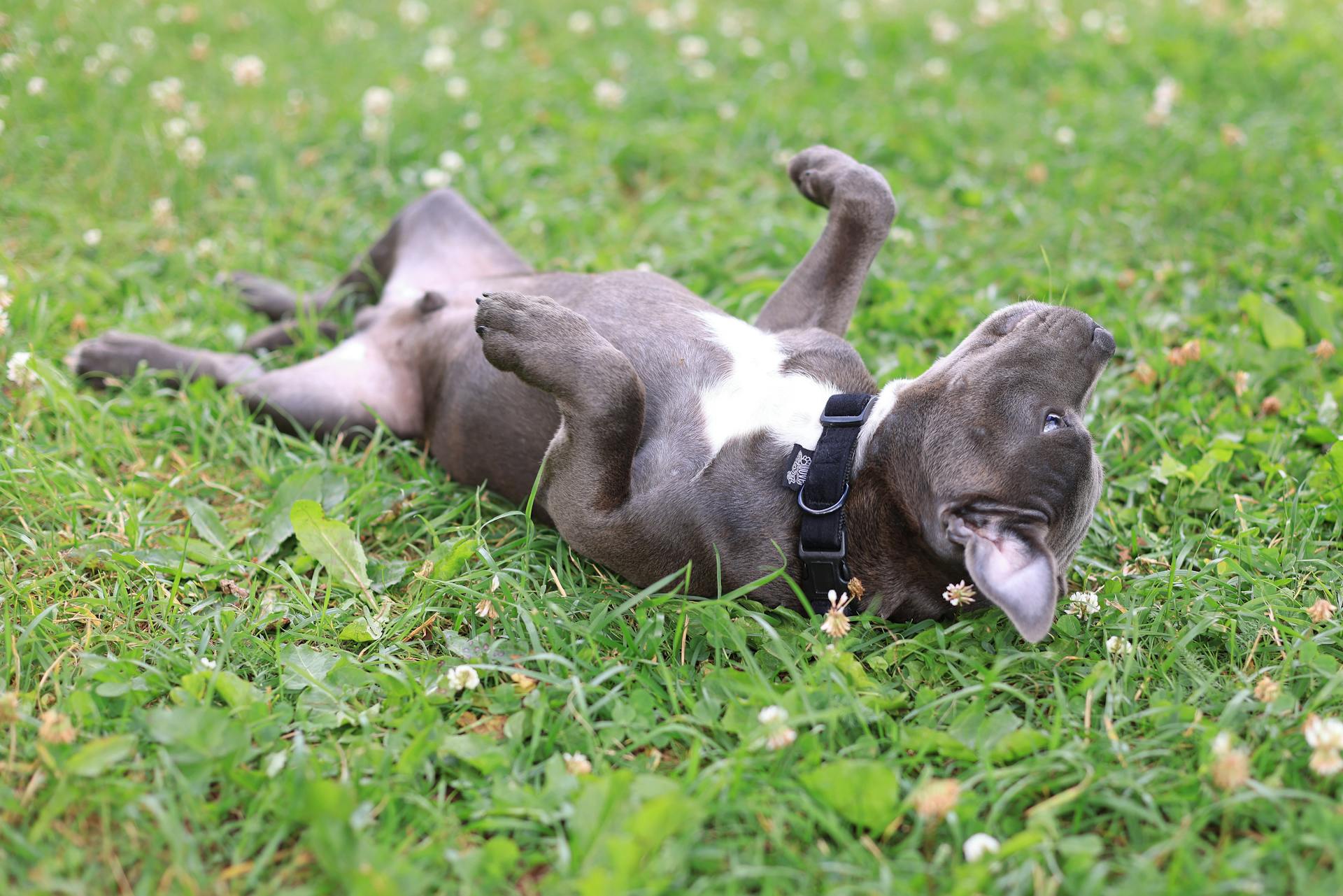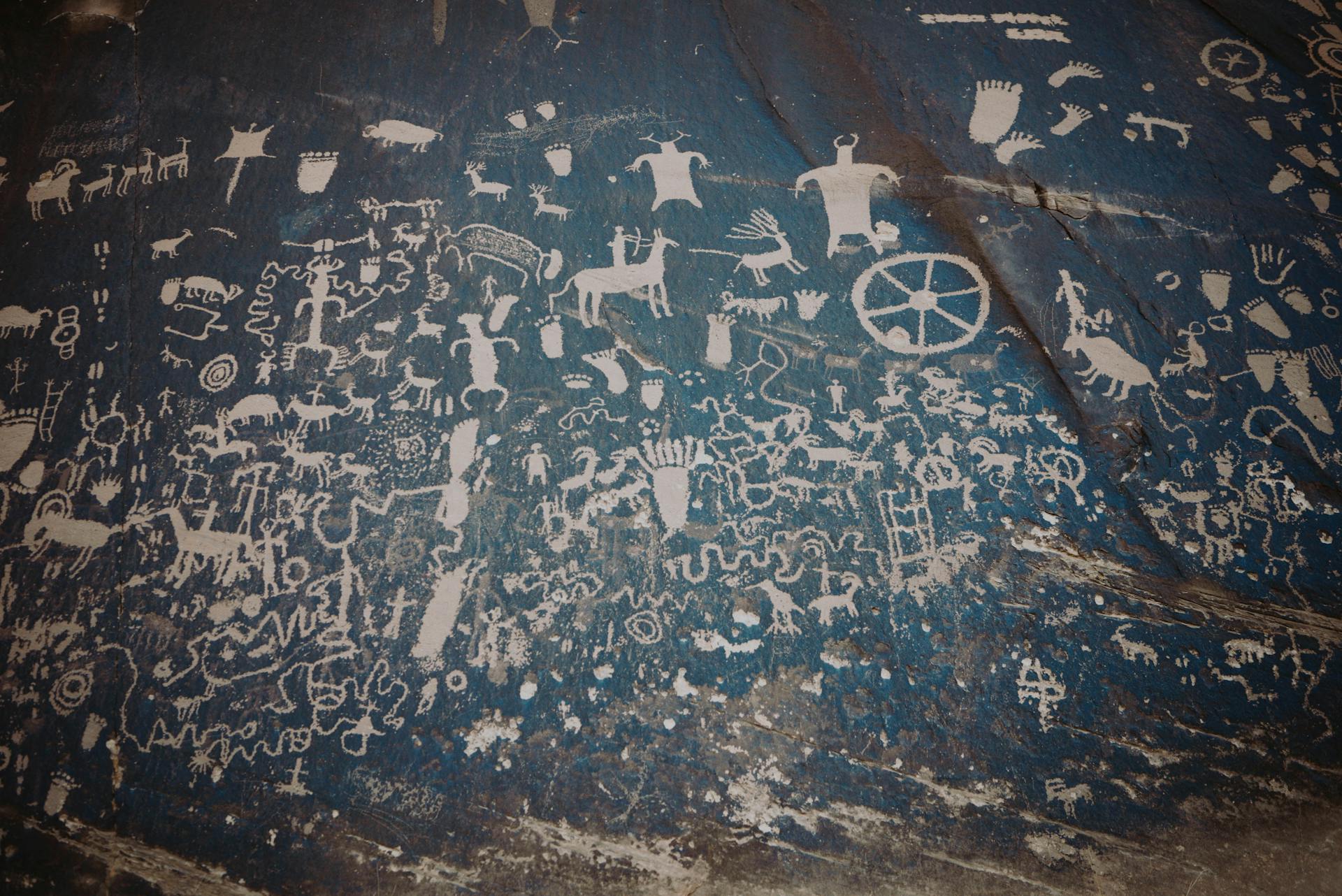
Alpha female dog behavior can be a mystery to many dog owners. Alpha females are confident and assertive, and they often take charge of their pack.
They are typically more dominant than submissive females, and they have a strong sense of self. Alpha females are not aggressive, but they are fiercely protective of their family and territory.
Their confidence and assertiveness can sometimes be misinterpreted as aggression, but in reality, alpha females are just being their natural selves.
Understanding the Concept
The concept of the alpha female dog is rooted in the dominance theory, which was first proposed by Rudolph Schenkel in the 1930s and 1940s. He observed captive wolves in a zoo and concluded that wolves in a pack fight to gain dominance.
Schenkel's theory was applied to wild wolves and then to domestic dogs, suggesting that dogs are in constant competition for higher rank in the hierarchy of the pack. This competition is driven by the aggressive actions of the alpha male and female, who hold back others vying for the position.
The idea is that the alpha female dog will assert her dominance through behavior such as growling, snapping, or even physical aggression to maintain her position in the pack.
Recommended read: Pack Leader Dog Training
Origins of the Theory

The concept of the alpha dog theory has its roots in the 1930s and 1940s, when a Swiss animal behaviorist named Rudolph Schenkel first observed captive wolves in a zoo.
Schenkel's observations led him to conclude that wolves in a pack fight to gain dominance and the winner is the alpha wolf or leader of the pack.
This theory was later applied to wild wolves and then to domestic dogs, with the idea that wolves and domestic dogs are in constant competition for higher rank in the hierarchy of the pack.
The theory was popularized in the 1970s by wolf researcher Dr. David Mech, who published a book called "The Wolf: The Ecology and Behavior of an Endangered Species".
However, Mech later realized that his alpha theory was incorrect and spent much of his later career gathering evidence against it.
The main flaw in Mech's original research was that it was based on captive wolves, which are not a natural representation of wolf behavior.
For your interest: Pack Mentality Dog Aggression

In the wild, a wolf pack is actually a family consisting of a mated pair and their offspring of the past one to three years.
The captive wolf environment is vastly different from the one in which wild wolves live, leading to more competition and less teamwork.
Dr. Mech has compared the captive wolf environment to that of a human prison, highlighting the artificial nature of the setup.
Curious to learn more? Check out: Wolf Dog Training
Determining the Cause
A household dog's aggression towards another dog in the house is often misunderstood as dominance, but it's actually about protecting a precious resource.
Remedy's behavior towards Cora was a clear example of this, as she grewlled at Cora when she came close while Remedy was receiving affection from her owner.
The resource being protected can be anything, not just food or toys, but also affection and attention.
In Remedy's case, she considered her owner's affection to be a precious resource that she was protecting from Cora.
It's essential to identify the root cause of a dog's aggression to address the issue effectively.
Suggestion: Dog Possessive of Female Owner
Resource Guarding
Resource Guarding is a common behavior in dogs, where they defend their valuable resources from others. Remedy, a pet dog, was exhibiting resource guarding behavior when she chased Cora away from something she considered hers.
Dogs can perceive their owners as a resource, and some may even guard them. Yes, it's true - your dog may see you as a valuable resource, their protector, source of food, love, and affection.
Not all dogs will guard their resources, and they may have learned to share these things. For example, some dogs may not challenge their owners for food or attention.
Training is key to addressing resource guarding behavior. Positive training can help your dog understand what is and isn't acceptable behavior.
For your interest: Gsd Guard Dog Training
Prevention and Management
Managing the environment is key to preventing conflicts between an alpha female dog and other dogs in the household. This can be done by separating the dogs when interacting with the alpha female, such as playing with her alone in a room.
Giving the alpha female a treat while on a leash allows for controlled interactions with other dogs, teaching them that good things happen when interacting with her. This can help reduce aggression and resource guarding.
By consistently managing the environment and training the dogs, it's possible to teach them to respect each other's boundaries and prevent conflicts.
Intriguing read: Dog Names Female Start with S
Management and Training
Management and training are key to preventing conflicts between dogs. By managing the environment, you can prevent confrontations from happening in the first place.
To do this, it's essential to recognize and respect each dog's boundaries. For instance, if one dog has a history of resource guarding, it's best to manage the situation by separating them from the resource and providing individual attention.
Managing the environment also means providing separate spaces for each dog to relax and play without feeling threatened or competitive. This can be as simple as setting up a separate room for each dog or providing a quiet area for them to retreat to when needed.
One effective way to manage conflicts is to use leashes to maintain control over dogs that tend to get aggressive. By doing so, you can provide treats and interact with them while keeping the peace.
Treating each dog separately can also help to prevent conflicts. For example, giving a stuffed Kong to a dog in a separate room can help to prevent resource guarding.
Gradual exposure to shared interactions can also help to prevent conflicts. By starting with short periods of interaction and gradually increasing the time, you can help dogs learn to coexist peacefully.
Consistency and patience are crucial when it comes to managing and training dogs. By setting clear boundaries and providing individual attention, you can help to prevent conflicts and create a more harmonious household.
Check this out: Will Neutering Help Dog Aggression
Solving the Problem
Most dogs will gauge whether a resource is valuable enough to fight over, using body language and vocalization to tell the other dog to back off.
Dogs will often guard resources they consider special or valuable, such as treats or toys that are only given to them occasionally.
In some cases, a dog may use growling to communicate that a resource is theirs, and other dogs will get the message and walk away.
For example, a dog may guard a stuffed Kong, even if they don't get one every day, and will only give it up if they feel it's safe to do so.
Consider reading: Guard Dog Training Houston
Our Story
Alpha female dogs are often misunderstood, but they're actually a vital part of a pack. They're not trying to be dominant, but rather, they're trying to protect their family.
Their strong instinct to care for their pack is rooted in their evolution as wild canines, where females played a crucial role in hunting and raising their young. They took charge when necessary to ensure their family's survival.
Alpha females are not just leaders, but also mothers and teachers, setting a good example for their pack members. In a domestic setting, this means they'll often take the lead in training and socializing their puppies.
A unique perspective: Female Dog Keeps Trying to Pee
Their strong sense of loyalty and protection can sometimes manifest as aggression, especially around other dogs or perceived threats. This is a natural response to their pack's safety, not a sign of bad behavior.
With patience, understanding, and positive reinforcement training, alpha females can thrive in a loving home and become beloved family members.
Frequently Asked Questions
Can two alpha female dogs get along?
Two alpha female dogs may struggle to coexist due to their strong will to dominance, making it challenging to establish a stable pack order. In some cases, their rivalry can even lead to aggressive behavior.
Can a female dog dominate a male?
Yes, a female dog can dominate a male, although it's less common and often requires a size advantage. This dynamic can occur in unneutered males, but it's not the typical pack hierarchy.
What are the traits of an alpha dog?
Alpha dogs are natural leaders that take charge, make decisions, and control resources, while also displaying protective behaviors towards their pack. They assert their dominance through confident and assertive behavior.
How to tell if your dog sees you as the alpha?
Your dog sees you as the alpha if they consistently follow you around the house, indicating they view you as their leader and decision-maker
Sources
- https://vcahospitals.com/know-your-pet/dog-behavior-and-training-dominance-alpha-and-pack-leadership-what-does-it-really-mean
- https://www.thewildest.com/dog-behavior/understanding-canine-social-hierarchies
- https://beyondthedogtraining.com/dog-training/debunking-the-alpha-dog-myth/
- https://www.whole-dog-journal.com/behavior/debunking-the-alpha-dog-theory/
- https://www.chichisandme.com/the-alpha-dog-myth/
Featured Images: pexels.com


